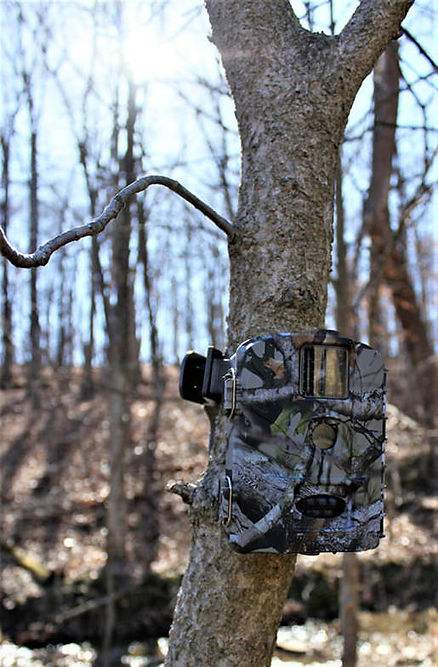Do Your Trail Camera Pictures Suck?
If so, you’re not alone, and your frustration is not without warrant. It takes time to hang cameras, makes sure they have fresh batteries and SD cards with enough space, not to mention the opportunity cost of not truly knowing what’s walking around your property. If you hang T3s, you want to see what passes in front of them and there are things you can do to help.
Angle of Attack
As great as our cameras are, they’re machines set to work around certain parameters. Creating a scenario where they operate within those parameters will ensure you get the best results. The first parameter is the detection angle. Too many hunters place their game cameras too close and oriented perpendicular to the trail. When the animal finally shows up, the amount of time they are within the detection range is too short to get the subject fully in the frame for a photo.
As a solution, try pushing your camera back a little further off the trail. This widens the effective detection range and gives the sensor more time to react to a moving target. Also, if possible, turn the camera to face the trail at a 45-degree angle. The camera will trigger much earlier and will have more time to capture multiple pictures as the animal approaches or moves away.
Free and Clear
It’s not just people that love our trail cams. Spiders have been known to share that affection and take up residence in front of the lens. You won’t see much of that ten pointers you’ve been targeting with a spider butt in the way, or if the lens has been obstructed by a spider web.
Cut down on insects and spiders making a home out of your T3 by spraying it with a bit of permethrin-based insect repellent. You’ll make the face of your camera less friendly to critters keeping it free and clear and ready to snap clear images. (Just be sure to avoid getting repellent on the lens.)
Blinded by the Light
Sunlight can be your T3’s friend, but it can also be an enemy. Direct sunlight will blow out your pictures by overexposing them, potentially blinding the image sensor from picking up on the subject you intended to capture. In the northern hemisphere, avoid pointing your T3 in a southerly direction. In the southern hemisphere, avoid pointing it to the north. The sun hangs lower in the sky in those directions on those respective hemispheres, pumping too much light directly into the camera. It’s like trying to look into the sun, it’s painful and you can’t see much.


You work too hard hanging and managing your T3s to get images that suck. Help them do their job by setting them up for success using these tips!
